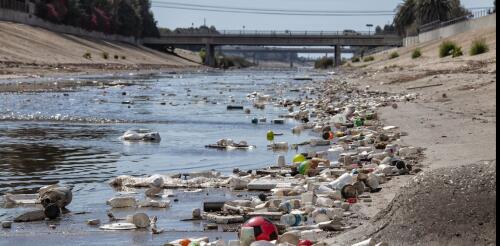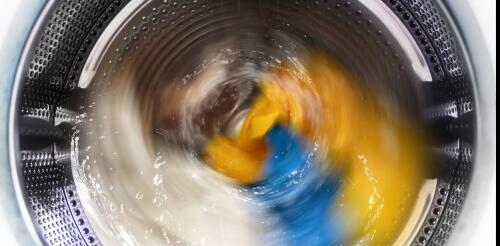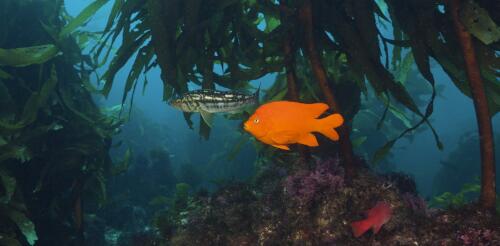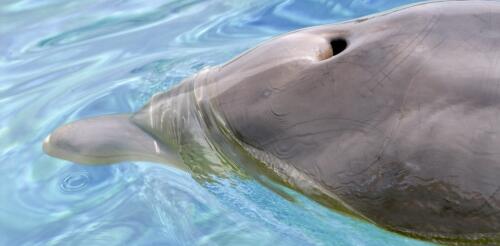Microplastics
Plastic waste is piling up at a daunting pace around the world. The World Bank estimates that every person on the planet generates an average of 1.6 pounds (0.74 kilograms) of plastic waste daily. To curb this flow, 175 nations are negotiating a binding international treaty on plastic pollution, with a completion target of late 2024. In July 2024, the Biden administration released the first U.S. plan for addressing this problem. The new U.S. strategy covers five areas: plastic production, product design, waste generation, waste management and plastic capture and removal. It also lists actions that federal agencies and departments are currently pursuing. I study environmental law, including efforts to reduce plastic pollution. As the world’s largest economy, the U.S. is a critical player in this effort. Based on my research, here are three proposals in the U.S. plan that I believe are important and one omission that I view as a major gap. As of...
Spring is go time for climbers who hope to summit Mount Everest, Earth’s highest peak above sea level. Hundreds of mountaineers from around the world travel to Asia in April and May, headed for base camps in Nepal and Tibet. But jagged peaks won’t be the only thing they see. Especially on Everest’s more heavily traversed Nepal side, they’ll find fields of garbage – including cans, bottles, plastic and human and animal excrement. Each year, more than 60,000 trekkers and climbers visit the Sagarmatha National Park and Buffer Zone, a high-altitude swath of the Khumbu region in northeast Nepal that includes Everest and seven other peaks. Some 400 to 500 climbers attempt to summit Everest every year. The trash problem first became evident in the 1980s and 1990s, when climbing on the mountain and trekking in Khumbu began to increase. Climber and trekker numbers have further skyrocketed in the past 20 years. Most coverage of this issue focuses on nega...
Microplastics are turning up everywhere, from remote mountain tops to deep ocean trenches. They also are in many animals, including humans. The most common microplastics in the environment are microfibers – plastic fragments shaped like tiny threads or filaments. Microfibers come from many sources, including cigarette butts, fishing nets and ropes, but the biggest source is synthetic fabrics, which constantly shed them. Textiles shed microfibers while they are manufactured, worn and disposed of, but especially when they are washed. A single wash load can release several million microfibers. Many factors affect how many fibers are released, including fabric type, mechanical action, detergents, temperature and the duration of the wash cycle. My research focuses on coastal ecology and water pollution, including work in New York and New Jersey marshes and estuaries that are heavily affected by human activities. Here are some things to know about reducing microplastic pollut...
Humans rely on the ocean for many things, including food, jobs, recreation and stabilization of Earth’s climate. But although ocean resources may seem infinite, human impacts like pollution, overfishing and climate change are creating what United Nations Secretary-General António Guterres has called an “ocean emergency.” Climate change is pushing ocean temperatures to record levels, many fisheries are overharvested, and plastic waste is accumulating in the deep sea. These five articles from The Conversation’s archive spotlight urgent challenges for ocean conservation, and describe what researchers are doing to devise effective responses. 1. A devastating invasion is expanding Invasive lionfish are aggressive predators, native to the Indo-Pacific Ocean, that feed on smaller reef fish. They have caused heavy damage in the Caribbean and Gulf of Mexico since they first appeared in the Atlantic in 1985. Now, they’ve spread south to Brazil, which ha...
Bottlenose dolphins in Sarasota Bay in Florida and Barataria Bay in Louisiana are exhaling microplastic fibers, according to our new research published in the journal PLOS One. Tiny plastic pieces have spread all over the planet – on land, in the air and even in clouds. An estimated 170 trillion bits of microplastic are estimated to be in the oceans alone. Across the globe, research has found people and wildlife are exposed to microplastics mainly through eating and drinking, but also through breathing. A plastic microfiber found in the exhaled breath of a bottlenose dolphin is nearly 14 times smaller than a strand of hair and can be seen only with a microscope. Miranda Dziobak/College of Charleston, CC BY-SA Our study found the microplastic particles exhaled by bottlenose dolphins (Tursiops truncatus) are similar in chemical composition to those identified in human lungs. Whether dolphins are...




